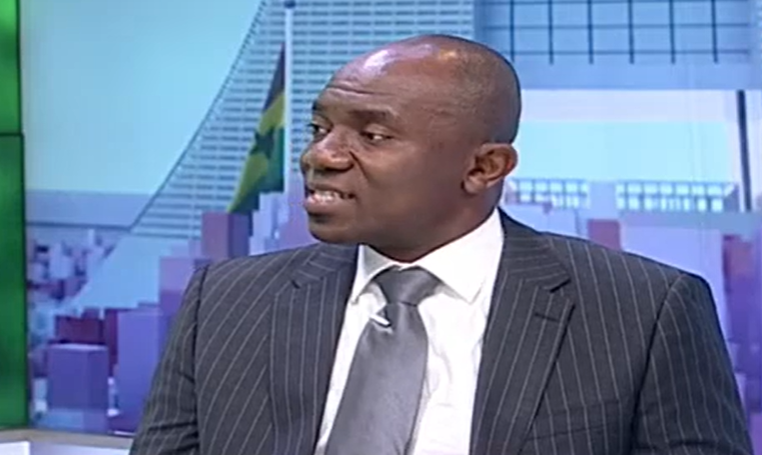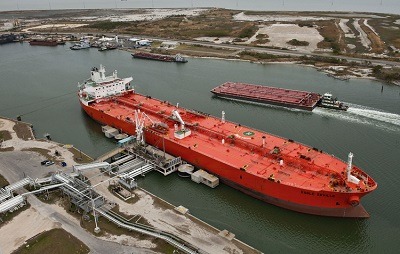The global oil market has flipped to a deficit sooner than Goldman Sachs Group Inc. had expected.
A decline in production driven by unexpected supply disruptions as well as sustained demand have led to a “sudden halt” to the market surplus, Goldman analysts including Damien Courvalin and Jeffrey Currie wrote in a report dated May 15. That’s prompted the bank to raise its U.S. crude price forecast to $50 a barrel for the second half of 2016 from a $45 estimate in March.
The unexpected outages caused by everything from wildfires in Canada and pipeline attacks in Nigeria will keep the market in deficit through the second half of this year, according to Goldman. Still, the return of some of the output and higher-than-expected U.S., North Sea, Iraq and Iran production means the bank predicts the shortfall will be at 400,000 barrels a day versus the 900,000 previously expected. A shift back to a surplus is seen in early 2017, it said.
“The physical rebalancing of the oil market has finally started,” the Goldman analysts wrote. The changes to forecasts “reflects our long-held view that expectation for long-term surpluses can create near-term shortages and leaves us cyclically bullish but long-term bearish.”
Oil Demand
Goldman cut its crude price forecast for the first quarter of 2017 to $45 a barrel from $55 previously, but sees oil rising to $60 by the end of that year. The bank expects global oil demand to grow by 1.4 million barrels a day in 2016, versus 1.2 million predicted earlier.
QUICKTAKE
Oil Prices
West Texas Intermediate crude, the U.S. benchmark, rose 1.9 percent to $47.08 a barrel by 5:10 p.m. Singapore time on the New York Mercantile Exchange. Front-month futures are up almost 80 percent from a 12-year low earlier this year. Brent, the marker for more than half the world’s oil, was at $48.69 a barrel in London.
While supply disruptions over the past two weeks have reduced production by 1.5 to 2 million barrels a day, prices are up only $2 a barrel, reflecting ample inventories in the market, according to Goldman. With stockpiles at historically elevated levels in several countries, the current outages have little impact on the availability of crude barrels, it said, adding that “high product stocks would even allow for lower refinery runs if necessary.”
Inventory Shifts
The pace of draws in inventories is what will drive prices, as uncertainty surrounding future supply-demand balances remains “significant,” according to the bank. “The price recovery will remain anchored by near-term inventory shifts, with the oil market less forward looking than over the past two years,” the analysts wrote.
While U.S. stockpiles of crude shrank in the week ended May 6 for the first time in more than a month, stored supplies remained close to the highest since 1929, data from the Energy Information Administration show.
Goldman’s expectation for the market to return to a surplus in 2017 reflects the view that low-cost producers will continue to drive output growth, boosted by Saudi Arabia, Kuwait, the U.A.E. and Russia, the bank said.
“While the physical barrel rebalancing has started, the structural imbalance in the capital markets remains large,” the analysts wrote. “The industry still has further to adjust and our updated forecast maintains the same 2016-2017 price level that we previously believed was required to finally correct both the barrel and capital imbalances, and eventually take prices to $60 a barrel.”
–
Bloomberg





